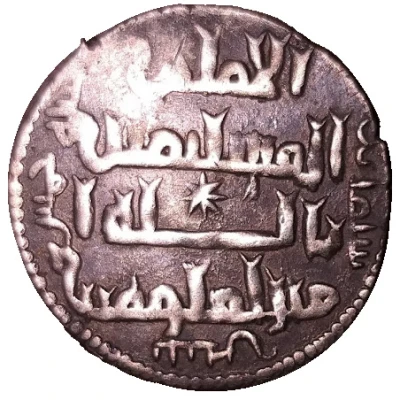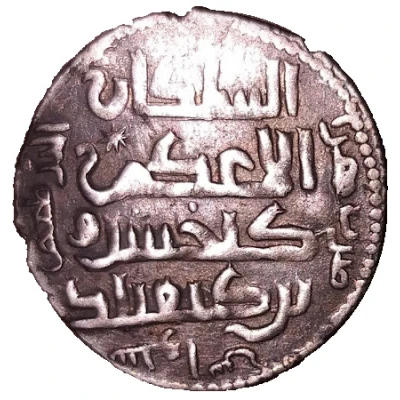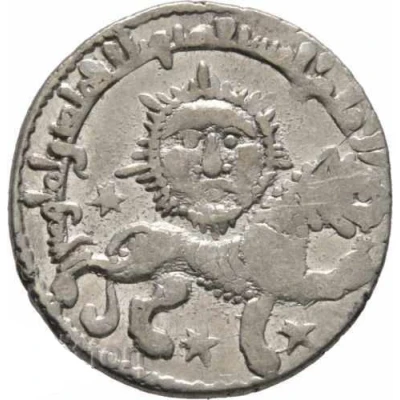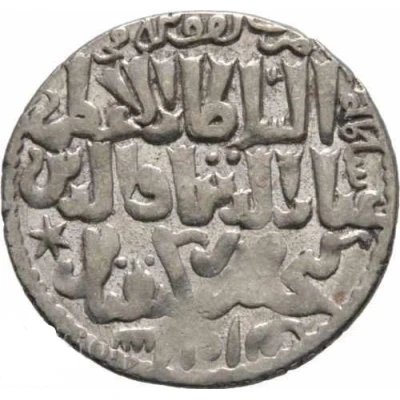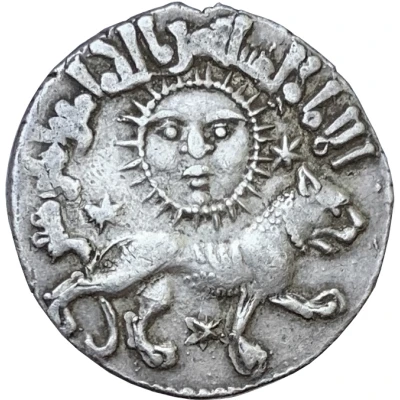
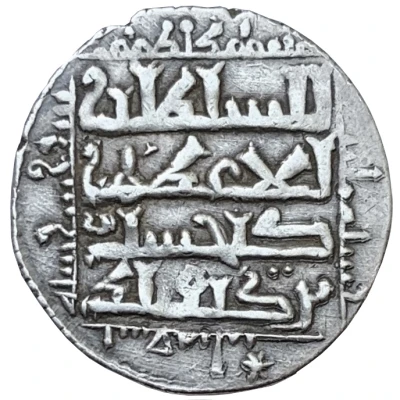

© apuking (CC BY-SA)
Dirham - Kaykhusraw II Lion and Sun type - Seljuq sultans of Rum - Siwas
| Silver | 3.0 g | 21 mm |
| Issuer | Rûm Sultanate |
|---|---|
| Sultan | Kaykhusraw II (1237-1246) |
| Type | Standard circulation coin |
| Years | 637-639 (1240-1241) |
| Calendar | Islamic (Hijri) |
| Value | 1 Dirham (0.7) |
| Currency | Dinar (1016-1308) |
| Composition | Silver |
| Weight | 3.0 g |
| Diameter | 21 mm |
| Shape | Round (irregular) |
| Technique | Hammered |
| Orientation | Variable alignment ↺ |
| Demonetized | Yes |
| Updated | 2024-10-05 |
| Numista | N#236290 |
|---|---|
| Rarity index | 82% |
Reverse
Four lines Arabic lettering. Arabic inscription for the mint and date around in the shape of a square around the central legend.
Script: Arabic
Edge
Plain
Comment
Historical detail: Ghiyath al-Din Kaykhusraw II (Persian: غياث الدين كيخسرو بن كيقباد Ghiyāth ad-Dīn Kaykhusraw bin Kayqubād) was the sultan of the Seljuqs of Rûm from 1237 until his death in 1246. He ruled at the time of the Babai uprising and the Mongol invasion of Anatolia. He led the Seljuq army with its Christian allies at the Battle of Köse Dağ in 1243. He was the last of the Seljuq sultans to wield any significant power and died a vassal of the Mongols.Coinage: Between 638 and 641 A.H. (ca. 1240–1243) a series of remarkable silver dirhams were struck in Kaykhusraw’s name at Sivas and Konya depicting a lion and sun. While coins with images are not unknown in Islamic lands, particularly in the centuries following the Crusades, some Islamic traditions forbid representations of living things.
Several explanations of the lion and sun have been offered. One suggests that the images represent the constellation Leo, the astrological sign of Kaykhusraw's beloved Georgian wife Tamar. Another says that the lion represents Kaykhusraw and the sun Tamar.
Interesting fact
One interesting fact about this coin is that it features a unique blend of Islamic and Mongolian influences in its design. The obverse side of the coin bears the inscription "Al-Sultanu al-Azam" (The Greatest Sultan) in Arabic, while the reverse side features a stylized lion and sun motif, which was a common symbol of the Seljuq dynasty. This blend of Islamic and Mongolian elements reflects the cultural exchange and influence that occurred during the period of Mongolian rule over the Rûm Sultanate.
